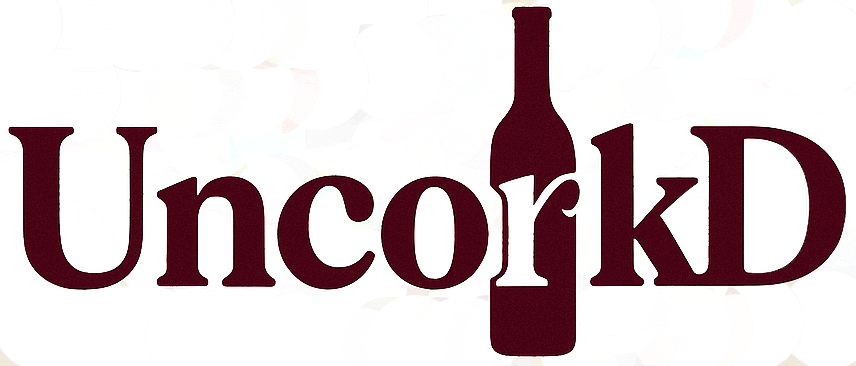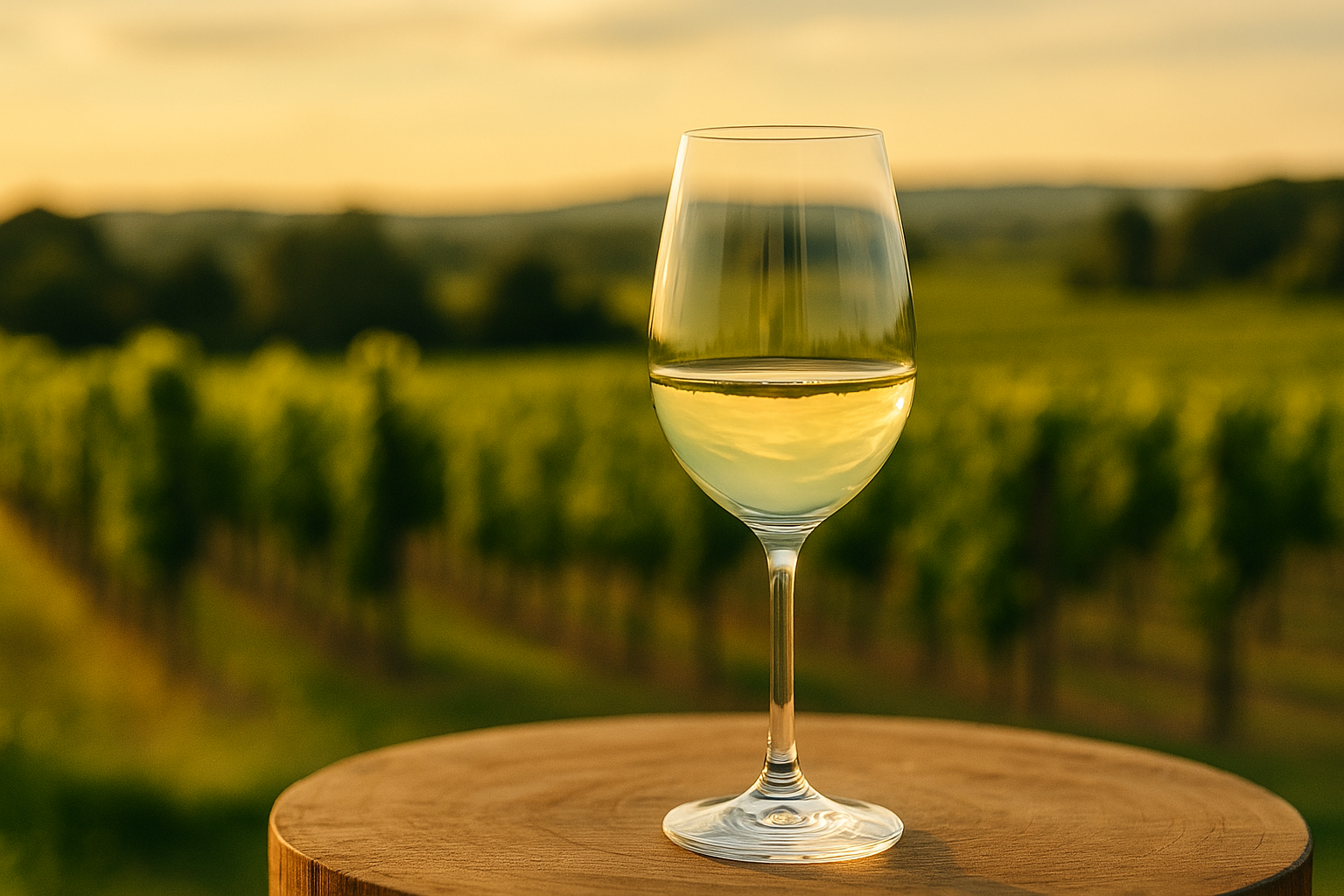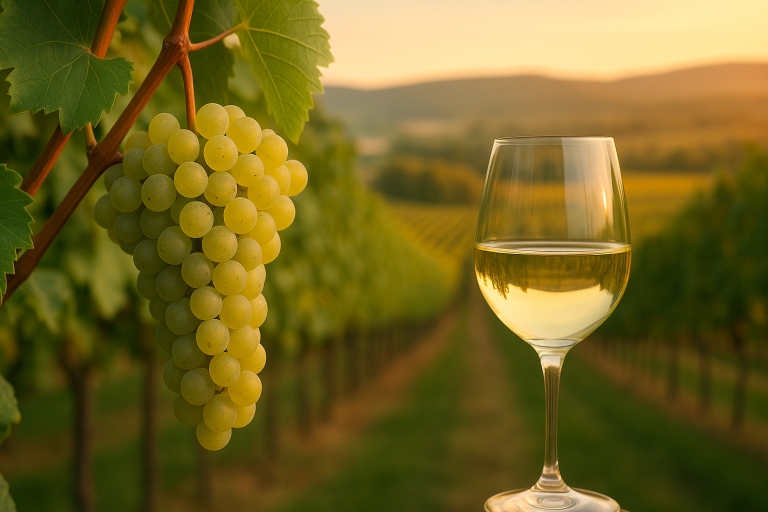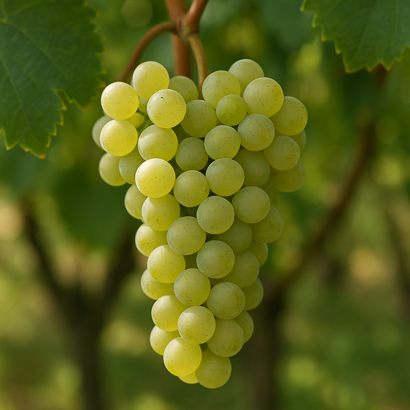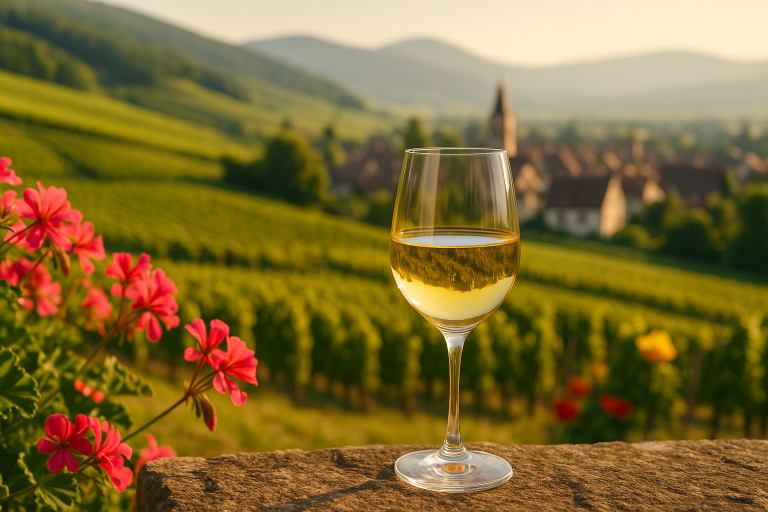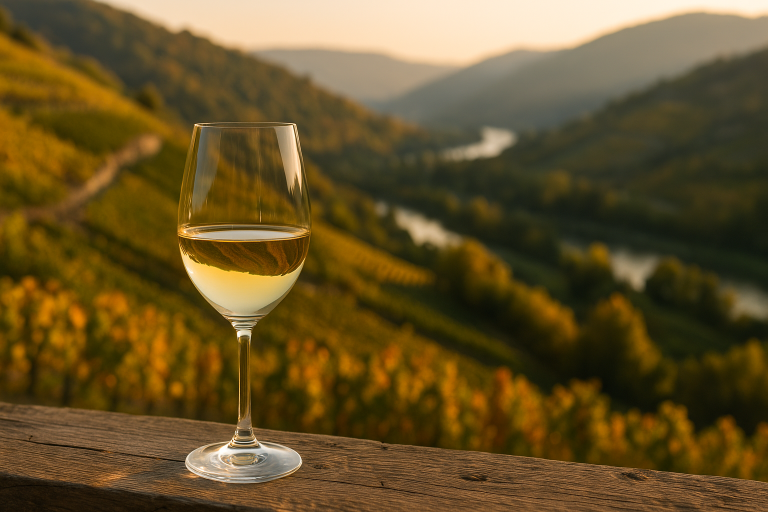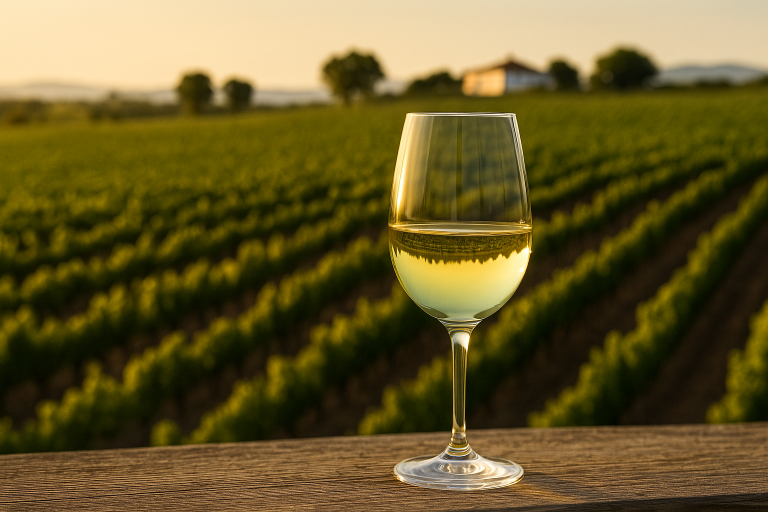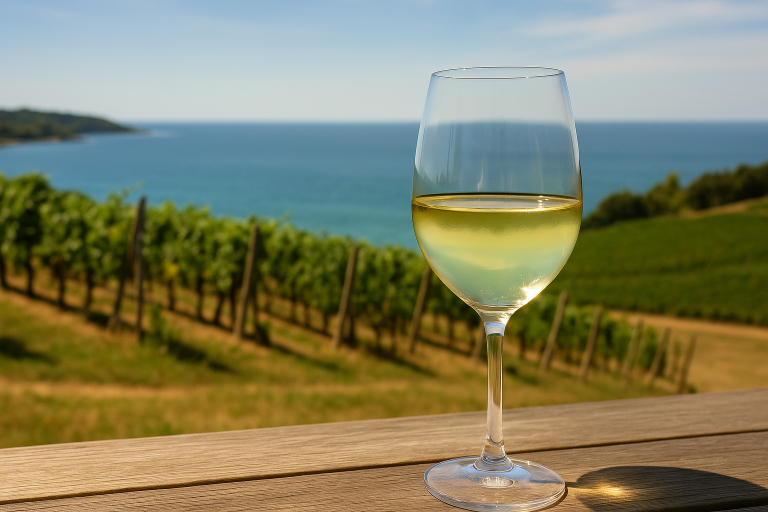Crisp, aromatic, and bursting with energy, Sauvignon Blanc is one of the world’s most distinctive white wines. Known for its zesty acidity and expressive bouquet, it delivers flavors that dance on the palate — from grassy and herbal to tropical and citrusy. No other white wine captures freshness quite like Sauvignon Blanc, making it a global favorite for its vibrancy, versatility, and unmistakable charm.
A Brief History
The story of Sauvignon Blanc begins in France’s Loire Valley, where it has been cultivated for centuries in regions like Sancerre and Pouilly-Fumé. The name “Sauvignon” comes from the French word sauvage, meaning “wild,” a nod to its vigorous growth and natural origins. Historical records trace the grape back to at least the 16th century, where it thrived in the cool, limestone-rich soils of central France.
Over time, the grape spread south to Bordeaux, where it was traditionally blended with Sémillon to produce the region’s dry and sweet white wines, including the legendary Sauternes. In the 20th century, Sauvignon Blanc began its rise to international fame, thanks to its adaptability and the fresh, lively wines it produced outside France.
When it reached New Zealand in the 1970s, particularly the Marlborough region, it transformed into something extraordinary — more aromatic, more intense, and utterly unique. This “New World” expression catapulted Sauvignon Blanc onto the global stage and remains one of the most popular modern wine styles.
Where It’s Grown
Sauvignon Blanc thrives in both cool and moderate climates, producing a wide range of styles depending on its environment.
- France: The Loire Valley’s Sancerre and Pouilly-Fumé wines are benchmark examples — crisp, mineral, and elegant. In Bordeaux, it contributes to both dry whites and luscious sweet blends.
- New Zealand: Marlborough is the global epicenter of vibrant Sauvignon Blanc, known for explosive aromatics of lime, passionfruit, and freshly cut grass.
- California: Produces ripe, fruit-forward styles, sometimes labeled Fumé Blanc, with tropical notes and soft acidity.
- Chile & South Africa: Offer fresh, citrus-driven wines with a balance of fruit and minerality.
This is a grape that adapts easily, yet always retains its distinctive personality.
Tasting Notes
Sauvignon Blanc is typically light- to medium-bodied, with high acidity and intense aromatics. Depending on the region and winemaking style, it can express:
- Cool climates: Flavors of gooseberry, lime, green apple, and fresh herbs, with crisp minerality.
- Warm climates: Notes of tropical fruit, melon, and peach, often with a rounder mouthfeel.
- Oak-aged styles: Creamier textures with subtle hints of vanilla and smoke, balancing freshness with depth.
On the nose, expect a symphony of citrus, grass, bell pepper, and sometimes flint or mineral tones. On the palate, it’s refreshing, lively, and clean — the kind of wine that leaves your mouth watering for another sip.
Sauvignon Blanc pairs beautifully with seafood, goat cheese, salads, sushi, and light pasta dishes. Its acidity cuts through rich sauces and complements bright, zesty cuisine.
The Essence of Sauvignon Blanc
Sauvignon Blanc is the wine of vitality — a true expression of freshness and life. From the limestone hills of France to the sunny vineyards of New Zealand, it reflects both place and precision. Every glass is a burst of brightness, a celebration of clarity and balance.
For those who crave a wine that’s as invigorating as a sea breeze and as vibrant as sunlight in a glass, Sauvignon Blanc is a timeless choice — pure, refreshing, and endlessly expressive.
